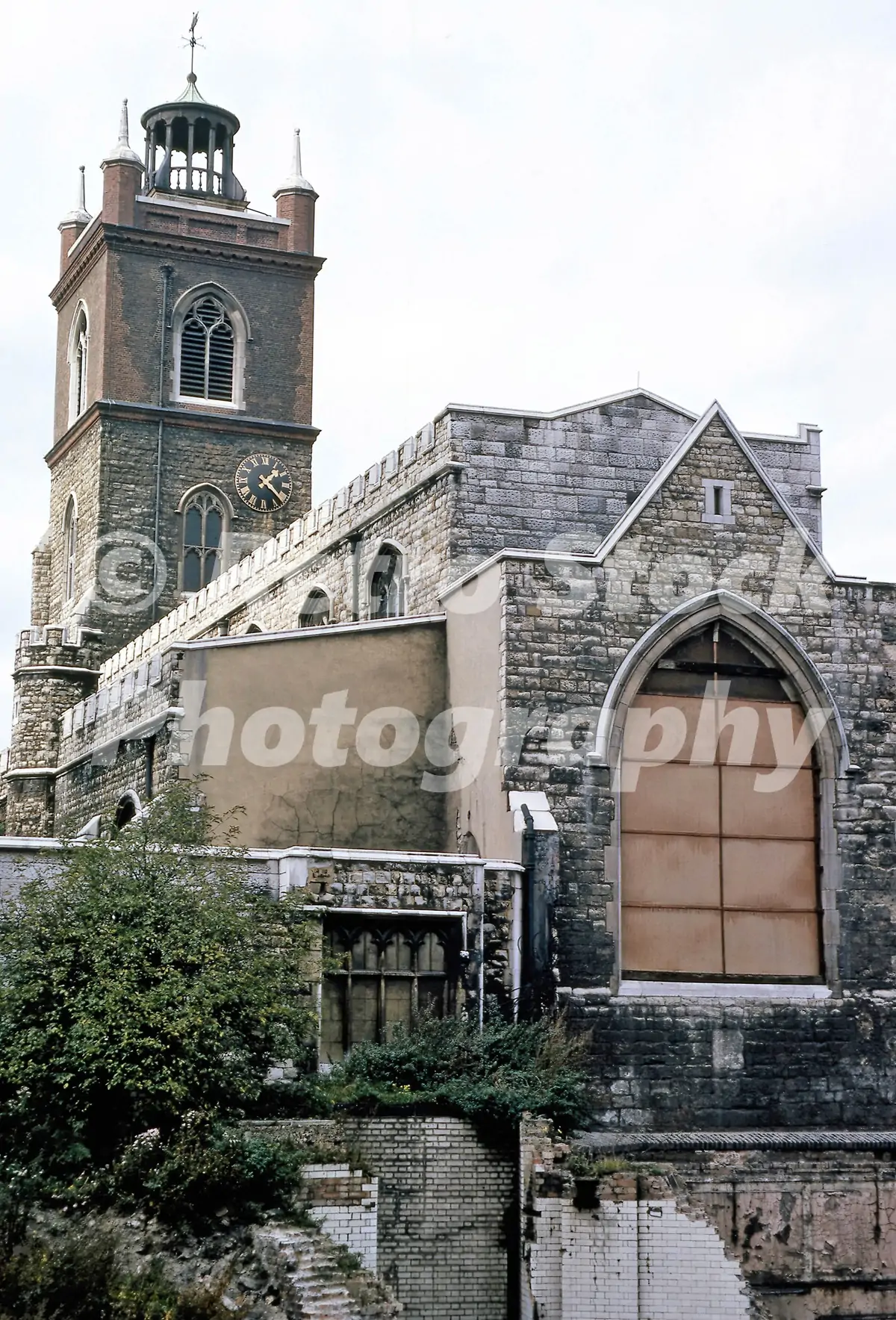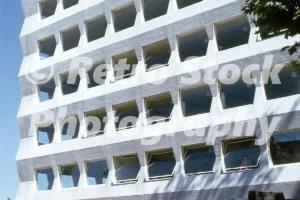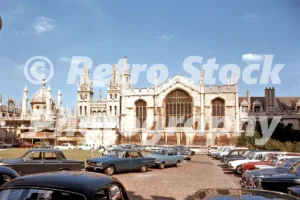Tucked away within London’s Barbican estate stands St Giles Cripplegate, one of the few remaining medieval churches in the City of London. Unlike so many of its neighbours, St Giles survived both the Great Fire of 1666 and the Blitz of the Second World War—though not unscathed. Today, it tells a story of resilience amid centuries of upheaval.
First built around 1090, the church takes its name from the Cripplegate – a gate in the old Roman wall through which the lame and sick would once pass, hoping for healing. The current structure largely dates from the 15th century, though it has seen multiple rebuildings following damage from fire and war. Its distinctive Perpendicular Gothic style is marked by a crenellated tower and stone walls that still carry the weight of London’s turbulent history.
During the Blitz, the Cripplegate area was virtually obliterated. In December 1940, St Giles itself was severely damaged by incendiary bombs. Its roof, interior fittings, and windows were destroyed, though the medieval walls and tower remained standing. The church was carefully restored in the post-war years, reopening in 1966 with much of its historic character sensitively preserved.
Following the devastation, Cripplegate was chosen as the site for a bold new vision of urban living – the Barbican Estate, a vast complex of residential towers, walkways, and cultural institutions designed in the Brutalist style. Rather than demolish the church, the planners made it a centrepiece of the estate. Today, St Giles stands in striking contrast to the concrete geometry that surrounds it – a medieval relic at the heart of a modernist city-within-a-city.
St Giles is also closely linked to a number of notable historical figures. John Milton, author of Paradise Lost, was buried here in 1674. A bust commemorating him can still be seen inside. The church also has associations with Oliver Cromwell, who was married here in 1620, and John Bunyan, author of The Pilgrim’s Progress.
Despite the towering apartment blocks and concrete plazas that now surround it, the church remains an atmospheric and moving place. It serves not just as a parish church, but as a symbol of survival – a quiet witness to the layered history of London, from medieval times through the Blitz and into the age of post-war regeneration.
Visit our Cripplegate page to see more of our vintage photos
Tags: Old Cripplegate photos, Vintage Cripplegate photography, Cripplegate canvas prints, Cripplegate history, Cripplegate stock photos, Vintage Cripplegate images, Cripplegate gift ideas, Old photos of Cripplegate, Old pictures of Cripplegate, Historic photos of Cripplegate, Retro Cripplegate prints, City of London history, Cripplegate post-war redevelopment, Barbican Estate history, Cripplegate wall art







Reviews
There are no reviews yet.